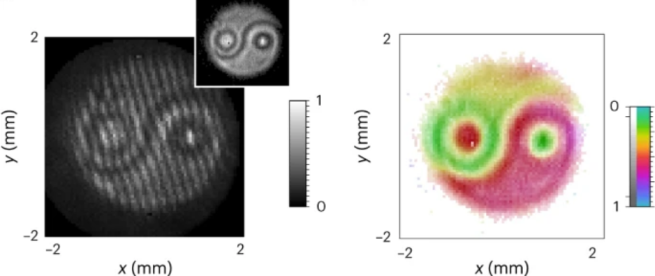|
# # # # Cure Parkinson’s is a medical research charity that is focused on disease modification for Parkinson’s. Our only goal is to slow, stop or reverse the condition. To achieve this aim, we fund and support preclinical projects (that are with 5 years of clinical testing) and clinical trials focused on testing new disease modifying therapies. Twice a year we hold public events, where we share how the research we support is developing and progressing. It is an in-person event held in London, and we stream it live to the virtual audience who are unable to attend. In today’s post, we will review the highlights of Cure Parkinson’s 2023 Autumn Research Update meeting. # # # # |
As long time readers will be aware, the freakishly tall, ridiculously good looking author of this blog is an employee of the medical research charity, Cure Parkinson’s.
He tries to be transparent about this and where Cure Parkinson’s is involved in the research being discussed on the SoPD website, he always indicates their involvement. He doesn’t want to be seen to be biasing the content here on the SoPD towards the charity’s activities, rather he prefers to take a broader view of all the interesting research that is going on in the Parkinson’s research world.
But, when there is Cure Parkinson’s related material that he thinks might be of interest to the wider Parkinson’s community, he is comfortable with highlighting it.
And today’s post is an example of this.
Recently, Cure Parkinson’s held their 2023 Autumn Research Update meeting at the Royal Society of Medicine in London:
 The RSM. Source: RSM
The RSM. Source: RSM
Continue reading “Cure Parkinson’s Autumn Research Update meeting – 2023”






































